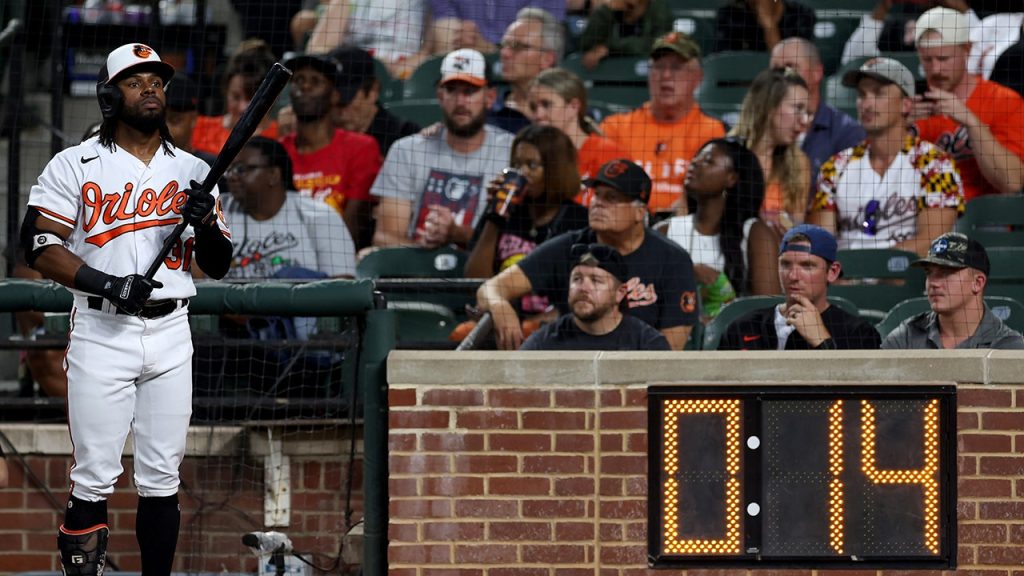The start of the Major League Baseball season saw several top pitching stars, including Shane Bieber, Spencer Strider, Jonathan Loaisiga, Eury Perez, and Trevor Gott, succumbing to elbow injuries. Gerrit Cole also missed the beginning of the season due to his own elbow issues. Tony Clark, executive director of the MLB Players Association, blamed the pitch clock for these injuries, arguing that reduced recovery time has increased health risks for pitchers. The league countered by citing research from Johns Hopkins that found no evidence linking the pitch clock to increased injuries.
The pitch clock was implemented before the 2023 season, with pitchers given 15 seconds to deliver the ball with no one on base and 20 seconds with a runner on. The union opposed the reduction of the 20-second clock to 18 seconds, arguing that it could adversely impact player health. Despite the concerns raised by the MLBPA, the league reported a 24-minute decrease in the average game time, with the hope of further shortening games. Both sides are at odds over the impact of the pitch clock on player injuries, with the MLB citing data to support its position while the players union remains unconvinced.
MLB’s response to the MLBPA’s concerns about the pitch clock and increased injuries included data from Johns Hopkins that found no correlation between the two. The league also pointed to long-term trends in increased velocity and spin that are more closely linked to arm injuries. Despite the MLB’s assertions, the MLBPA continues to express concerns about player safety and the impact of the pitch clock on their health. Both sides are maintaining their positions as they seek to find a middle ground on this contentious issue.
The controversy surrounding the pitch clock and its impact on player injuries continues to divide Major League Baseball and the MLB Players Association. While the league touts the benefits of shorter game times and increased pace of play, the players union remains steadfast in its belief that the pitch clock poses a significant risk to player health. As more pitchers suffer elbow injuries at the start of the season, both sides are under pressure to address the issue and find a resolution that prioritizes player safety while also maintaining the integrity and competitiveness of the sport. The debate is likely to continue as the season progresses and more data is collected on the impact of the pitch clock on player performance and injuries in Major League Baseball.
Despite the MLB’s efforts to reduce game times and increase pace of play through the introduction of the pitch clock, concerns remain about the impact of this rule change on player injuries. An increasing number of pitchers, including top stars like Shane Bieber and Gerrit Cole, have suffered elbow injuries at the start of the season, leading to calls for a reevaluation of the pitch clock’s effects on player health. With the MLB Players Association expressing strong opposition to the reduced recovery time allowed by the pitch clock, the league and the players union are at odds over the best approach to balancing gameplay changes with player safety. The debate over the pitch clock and its impact on player injuries is likely to continue as both sides seek to find a solution that protects players while also preserving the competitiveness and excitement of Major League Baseball.


